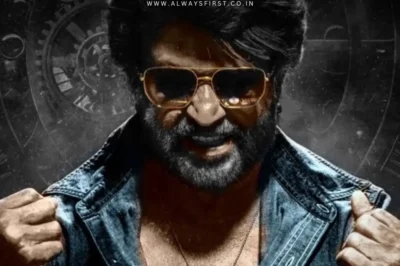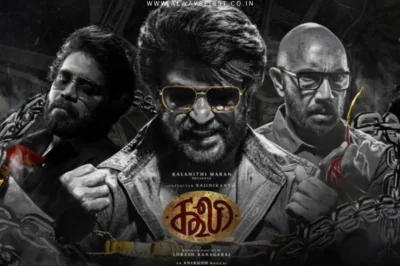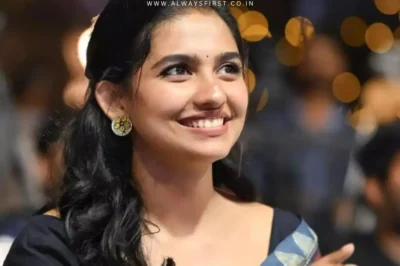
News Summary:
- Nita Ambani, chairperson of Reliance Foundation and IOC member, made a striking appearance at the Paris Olympics, wearing a vintage indigo saree designed by Ritu Kumar.
- The saree, with its rich indigo hue and intricate golden embroidery, is a piece from Ritu Kumar’s vintage revival collection, first showcased at the Festival of India in the 1970s.
- Nita Ambani’s elegant ensemble, paired with opulent jewelry and sophisticated makeup, highlighted India’s rich textile heritage and made a powerful cultural statement on the global stage.
How Did Nita Ambani’s Fashion Choice Make a Statement at the Paris Olympics?
Nita Ambani, known for her impeccable style and deep appreciation for Indian culture, once again turned heads at the Paris Olympics, not just for her prominent role in the global sports community but also for her stunning fashion choice. Attending the prestigious event, she donned a breathtaking vintage indigo saree designed by the legendary Indian designer Ritu Kumar. This saree, with its retro charm and rich cultural significance, was a perfect nod to the elegance and timelessness of traditional Indian attire.
The indigo saree, with its deep, rich hue, is more than just a fashion statement—it’s a color that holds cultural resonance in India, often associated with Lord Krishna. The saree’s intricate golden embroidery provided a striking contrast, showcasing the exquisite craftsmanship that Ritu Kumar is celebrated for. This particular saree is part of Ritu Kumar’s vintage revival collection, originally showcased in the 1970s during the Festival of India, making it a timeless piece that bridges the past and the present.
Why Was This Saree So Significant?
Nita Ambani’s decision to wear this saree at such a globally recognized event highlights the importance of preserving and promoting Indian textiles and craftsmanship on the world stage. The golden borders and intricate handwork exuded a regal vibe, perfectly complementing the grandiosity of the Olympics. Her choice of a matching round-neck blouse further balanced the opulence of the saree, ensuring that it remained the focal point of her ensemble.
To enhance the elegance of the saree, Nita Ambani accessorized with luxurious jewelry, including diamond stud earrings, a long chain necklace with a striking leaf-shaped black pendant, a diamond ring, and elegant bangles. This combination of traditional attire and sophisticated jewelry created a look that was both timeless and modern, embodying the essence of Indian elegance.
How Did Nita Ambani’s Overall Look Reflect Her Cultural Appreciation?
Nita Ambani’s hair and makeup were in perfect harmony with her outfit, reflecting a blend of vintage glam and modern sophistication. She opted for a chic, middle-parted bun adorned with a red rose, adding a touch of old-world charm to her look. Her makeup was subtle yet impactful, with nude eyeshadow, winged eyeliner, mascara-coated lashes, and a glossy lipstick shade that allowed her natural beauty to shine while keeping the focus on her stunning saree.
As a member of the International Olympic Committee (IOC) and a key figure in promoting Indian culture globally, Nita Ambani’s appearance at the Paris Olympics was not just about fashion—it was a celebration of India’s achievements in sports and its rich cultural heritage. Alongside PT Usha, President of the Indian Olympic Association (IOA), she facilitated the Indian athletes, including the Indian Hockey team, Neeraj Chopra, and Aman Sehrawat, who brought home medals from the Games. Her presence at the event underscored her commitment to showcasing India’s cultural legacy on an international platform.
Conclusion: A Fashion Statement with Deep Cultural Significance
Nita Ambani’s sartorial choices have always reflected her deep appreciation for Indian craftsmanship and tradition. By choosing to wear a saree with historical and cultural significance, she honored the legacy of Indian textiles while bringing them into the global spotlight. Her appearance at the Paris Olympics, therefore, was more than just a display of fashion; it was a celebration of India’s rich cultural heritage, presented with modern-day elegance and sophistication.








































Leave a Reply